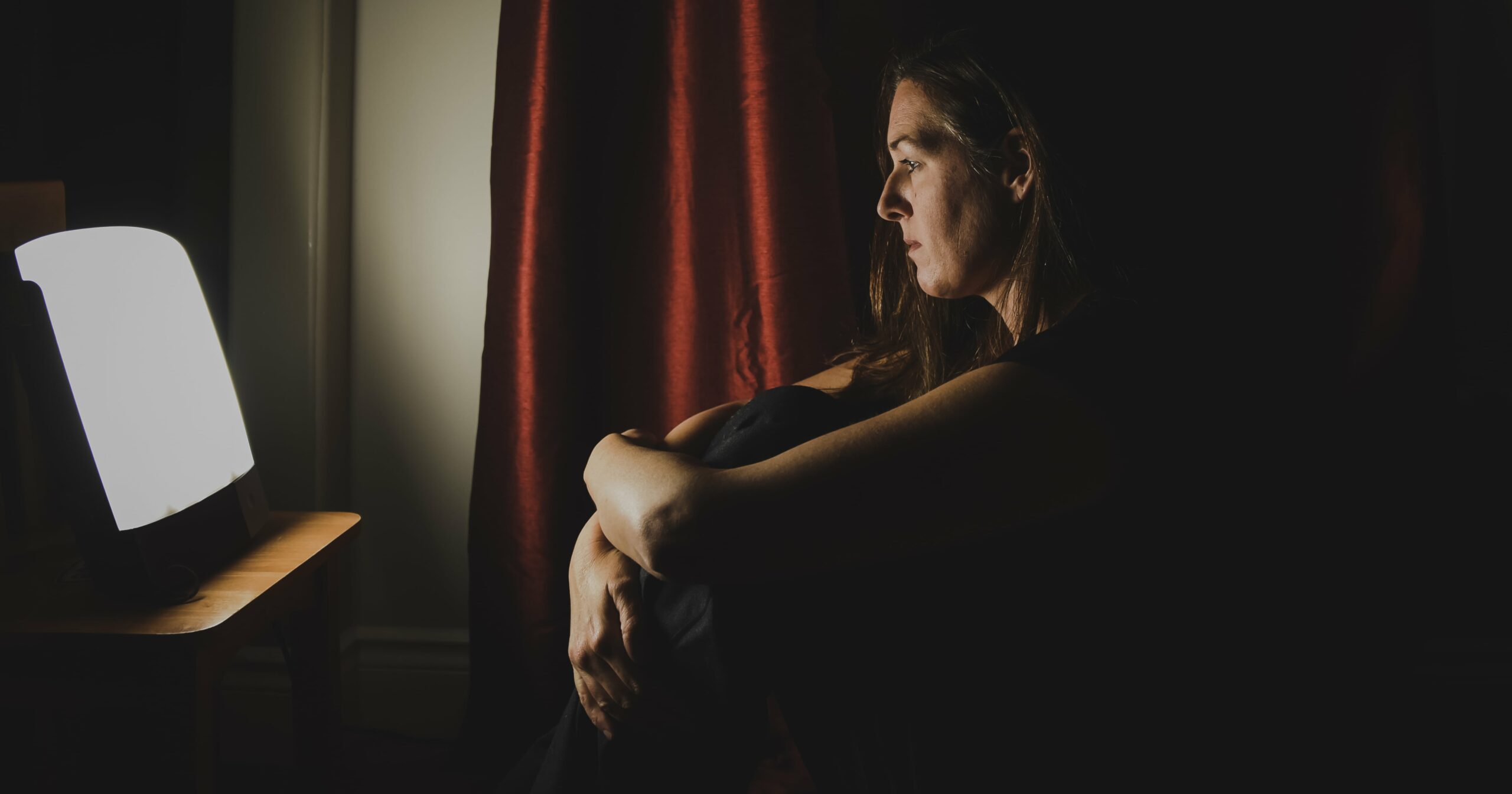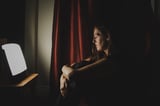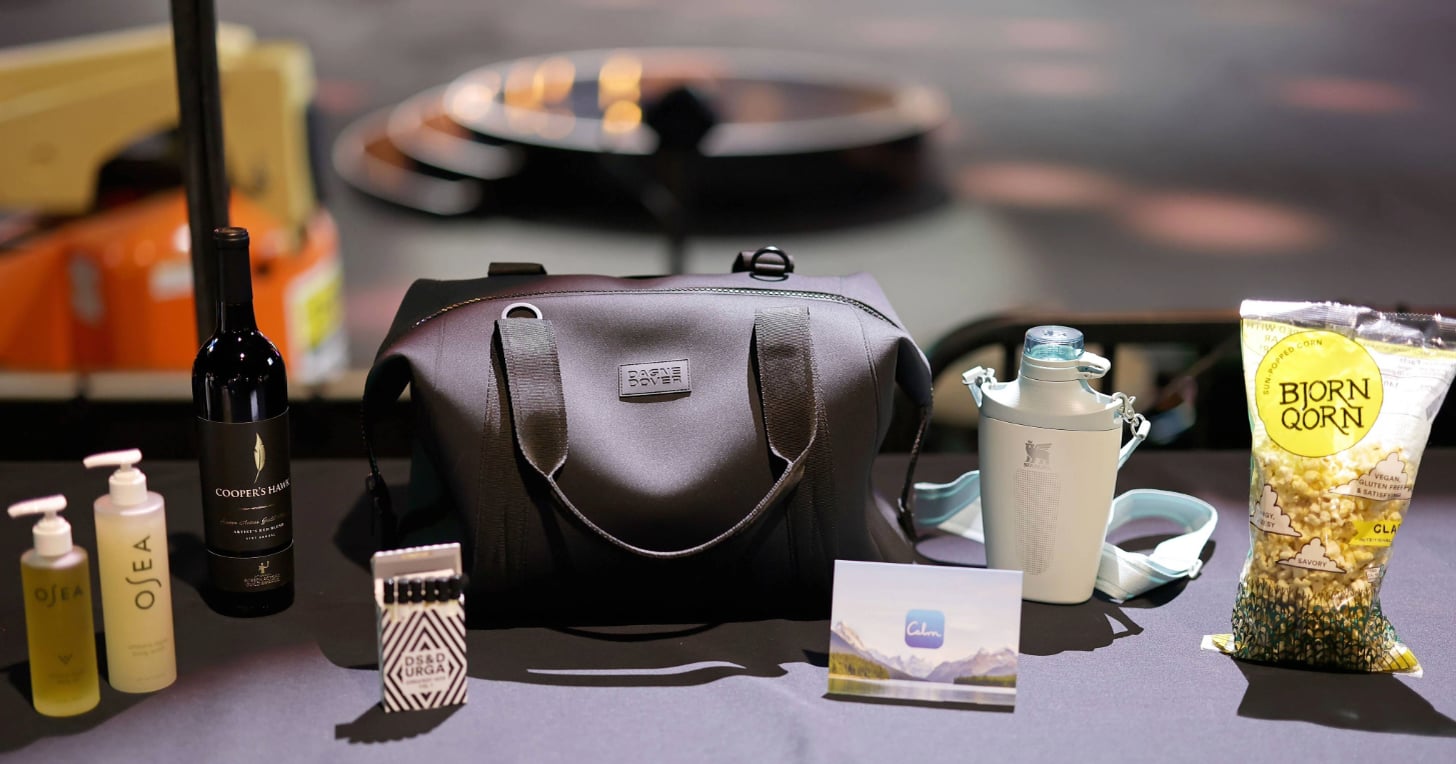When the days get darker and the weather gets colder, it’s easy to fall into a winter slump. But for some, long periods without sunlight can actually trigger seasonal affective disorder (SAD). More commonly known as seasonal depression, SAD is so much more than the winter blues – often characterized by mood swings, extreme fatigue, and loss of interest in previously pleasurable things.
Although the exact cause is unknown, SAD is thought to be related to a disruption in the body’s circadian rhythm. According to the Mayo Clinic, less sunlight may also contribute to lower serotonin and increased melatonin, further interfering with the body’s internal clock and negatively impacting one’s mood. Although there are several strategies that may help alleviate the symptoms of SAD, light therapy has proven to be one of the most effective. You may still want to seek out additional support from a mental health professional, but light therapy products – including seasonal affective disorder lamps – are accessible resources you can shop online.
Experts Featured in This Article:
Stacy Thiry, LMHC, is a licensed mental health counselor at Grow Therapy, a telehealth provider.
How Does Light Therapy Work?
Light therapy is a powerful treatment for SAD. “By sitting near a specially designed light box, you expose yourself to bright, artificial light that mimics natural daylight,” says mental health counselor Stacy Thiry, LMHC. “This exposure helps balance brain chemicals like serotonin, which boosts mood, and melatonin, which regulates sleep. It also helps reset your body’s internal clock, keeping your circadian rhythm on track.” In fact, one 2017 study found that light therapy helped 61 percent of patients with SAD reach symptom remission.
Is Light Therapy Safe?
Generally speaking, light therapy is safe for most people, Thiry says. Still, she recommends discussing with your doctor beforehand, especially if you have any existing medical conditions, or are taking medications that might make you more sensitive to light. “Once you have the green light, incorporating a little sunshine (even the artificial kind) into your day can make all the difference,” Thiry says.
Tips For Light Therapy
If you’re interested in trying light therapy yourself, there’s a few things you should know before jumping in. “The key is consistency,” Thiry says. “Using the light at the same time every day, typically in the morning, helps jumpstart your day with an energy and mood boost.” Ahead, she shares a few more general tips for choosing the best seasonal depression lamps:
- Choose wisely: Thiry recommends one with at least 10,000 lux brightness and UV filtering.
- Mindful Set Up: Place your light box about 16-24 inches from your face, keeping it at eye level, Thiry says.
- Stick to a schedule: Light therapy works best for seasonal affective disorder when it’s used consistently. Thiry suggests aiming for 20 to 30 minutes of exposure every morning for the best results.
Choosing Light Therapy Products
“Light therapy has become incredibly accessible, so you don’t need to visit a clinic to experience its benefits,” Thiry says. “Whether you’re sipping coffee, catching up on emails, or reading a book, you can soak up the benefits of a 10,000-lux light box from the comfort of your home.” With that in mind, shopping for the perfect light box can feel overwhelming.
To help you sort through your options, we asked Thiry to recommend some of her favorite products for seasonal affective disorder light treatment. If you’re considering light therapy for seasonal depression, read on to shop expert-approved picks that might make the season a little bit easier.
– Additional reporting by Chandler Plante




